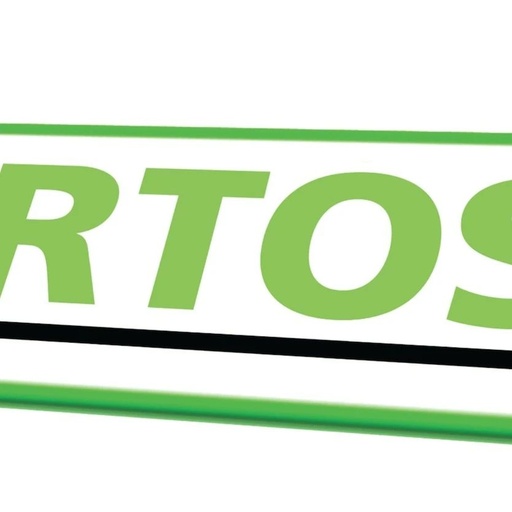Inter-Process Communication in C: Pipes and Message Queues
Inter-Process Communication in C: Pipes and Message Queues In operating systems, a process is the basic unit of resource allocation, and inter-process communication (IPC) refers to the mechanisms that allow different processes to exchange data and information. The C language provides several ways to implement IPC, with the two most commonly used methods being pipes … Read more









